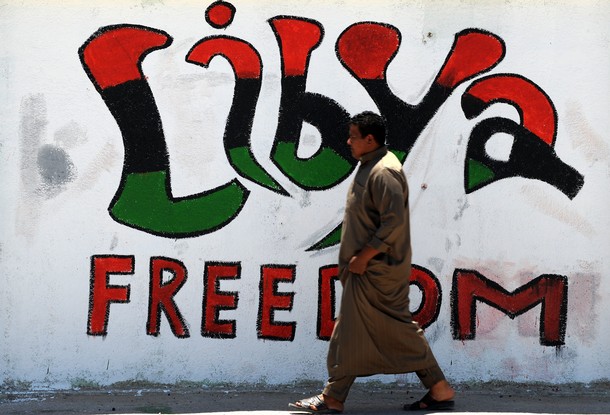
From John Pollock, Technology Review: Publicly, NATO and its secretary general, Anders Fogh Rasmussen, do use social media, including Twitter, Facebook, and a video blog—albeit as an adjunct to standard press-office fare. They took the trouble to ensure that the first announcement of the end of the Libyan operation came via Twitter and Facebook. Further, in one press briefing, NATO explained that its "fusion center" used open-source information like Twitter to deliver "usable intelligence." Less publicly, the story is somewhat different. . . .
One NATO official to whom Technology Review spoke did confirm that NATO took advantage of civilian communications coming out of Libya, adding that the organization had never before had this kind of information. However, the role of civilians in providing intelligence, up to and including identifying targets, is an uncomfortable subject for NATO. Alongside a military concern for operations security, there are political sensitivities, given that countries including South Africa, Russia, and China complained that NATO forces were exceeding the mandate to protect civilians. Yet throughout the conflict, civilians did feed intelligence to NATO: in fact, they were asked to.
SOCIAL NETWORK INTELLIGENCE
When NATO called Nagi Idris out of the blue in search of intelligence, he was "very, very scared." He was a research scientist living in Leeds, England, with his wife, Gihan Badi, and young son; the intelligence world was new to him. His contribution to the Libyan effort had been to gather information about the medical needs of civilians and freedom fighters in Benghazi, Misrata, and the Nafusa Mountains, raise the funds to address those needs, and secure humanitarian supplies and transport. As Libyans, Idris and Badi decided to call the British government to ask whether the NATO caller was a real contact and, if so, whether they should coöperate. It took half an hour for an official to confirm the name and verify that U.K. authorities were happy for them to work with NATO.
Their contact was from NATO’s Civil-Military Co-operation (CIMIC) group, whose website says its task is to "intensify the involvement of civilian actors in a more comprehensive and integrated way into planning." With her husband concentrating on humanitarian relief, Badi took the lead, supplying regular updates including, at NATO’s request, precise coördinates. Badi knew NATO wanted multiple sources for cross-checking, so she created Chinese walls to separate herself from others—including her husband—who had their own networks.
Another Libyan civilian who contributed important intelligence is a man I will call Asim (he requested anonymity because he believes that his work, providing targeting information to NATO, led directly to the deaths of people who may still have family in Libya). An influential, well-connected Libyan working in the media, Asim smuggled most of his family out of the country and then set up "op rooms" in Tunisia, Dubai, and Spain. "I don’t think any intelligence agency in the world knows Qaddafi as well as the Libyan people," he says.
Asim’s network of information smugglers brought thumb drives and disks out of Tripoli and got approximately a hundred Thuraya satellite phones into the country. They supplied NATO with blueprints, troop locations and movements, and a detailed diagram of Qaddafi’s family connections. His estimate of Qaddafi troop numbers in Brega, between Benghazi and Misrata, came through a contact in the catering company supplying their meals.
Asim’s op rooms conveyed their intelligence to NATO, he says, via "a super-node in Dubai. . . ."
In today’s world, as the U.S. Army Field Manual for Operations notes, "information has become as important as lethal action in determining the outcome of operations." Now the traditional networks through which information flows—from the mass media to military units—are being rewired. By and large, military and intelligence organizations still see the new networks, and the coöperation and collaboration they engender, as a threat, not an opportunity.
But as military budgets shrink, the world urbanizes, and Kilcullen’s "presumed consensus" collapses, cheap handheld technology is making citizen networks an inevitable feature of the information battle space.
John Pollock is a contributing editor to Technology Review. He wrote about the uses of social media during the Arab Spring in the September/October 2011 issue. (photo: Getty)
Image: getty%205%2013%2011%20Libya%20Freedom%20graffiti.jpg
